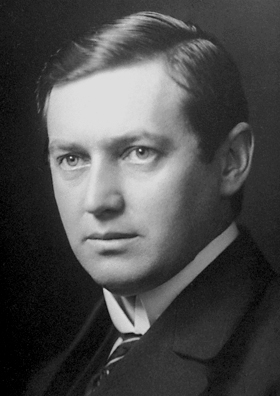Why was Manne Siegbahn Awarded the Noble Prize for Physics in 1924?
Manne Siegbahn: A Trailblazer in X-ray Spectroscopy and Nobel Prize Recipient in 1924
Manne Siegbahn, a Swedish physicist, made significant contributions to the field of X-ray spectroscopy during the early 20th century. Renowned for his groundbreaking research and experimental innovations, Siegbahn played a pivotal role in advancing our understanding of the electromagnetic spectrum and the inner structure of atoms. In recognition of his exceptional achievements, he was awarded the Nobel Prize for Physics in 1924. This article explores the reasons behind Siegbahn’s prestigious honor and highlights his significant scientific breakthroughs.

Development of X-ray Spectroscopy:
Manne Siegbahn Nobel Prize was primarily awarded for his development of a highly precise and systematic method for analyzing X-ray spectra. In the early 1900s, X-rays had emerged as a powerful tool for investigating the atomic and molecular structure of matter. Siegbahn made significant advancements in the field by inventing and refining X-ray spectrographs and spectrometers.
These innovative instruments enabled him to study the properties and behavior of X-rays with unprecedented accuracy. By meticulously analyzing X-ray spectra, Siegbahn successfully determined the energy levels of various elements and unveiled the intricate details of atomic structure, thereby contributing to the development of quantum mechanics.
The Siegbahn Notation and M-Series X-rays:
One of Siegbahn’s most significant contributions was the introduction of the Siegbahn notation system, which facilitated the precise characterization of X-ray spectra. By assigning distinct letter designations to different X-ray emissions, he established a standardized language for the analysis of atomic and molecular phenomena.
Furthermore, Manne Siegbahn meticulous research led to the discovery of the M-series X-rays. Through systematic experiments and careful observations, he identified and classified the distinct X-ray emissions associated with transitions between inner electron energy levels in atoms. This discovery deepened our understanding of the electronic structure of atoms and provided crucial insights into the behavior of subatomic particles.
Significance of X-ray Spectroscopy:
Siegbahn’s developments in X-ray spectroscopy had far-reaching implications across various scientific disciplines. X-ray spectroscopy became an invaluable tool for investigating the internal structure of matter, from analyzing crystal structures to studying the electronic properties of materials. The precise characterization of X-ray emissions provided a foundation for subsequent advancements in atomic and molecular physics, solid-state physics, and materials science.
Impact on Experimental Techniques:
Beyond his contributions to X-ray spectroscopy, Siegbahn’s innovative experimental techniques revolutionized scientific measurements and precision. His meticulous approach and commitment to accuracy set new standards for experimental research. His work on developing advanced instrumentation and refining measurement methodologies greatly influenced subsequent generations of scientists, shaping the field of experimental physics.
The Nobel Prize Recognition:
Manne Siegbahn’s Nobel Prize for Physics in 1924 not only honored his exceptional scientific achievements but also underscored the significance of his contributions to X-ray spectroscopy. His precise measurements, innovative instruments, and development of the Siegbahn notation system were instrumental in advancing our understanding of atomic structure and electromagnetic radiation. The recognition not only solidified Siegbahn’s position as a leading figure in the field but also highlighted the importance of experimental rigor and precision in scientific research.
Conclusion:
Manne Siegbahn’s Nobel Prize for Physics in 1924 celebrated his remarkable contributions to X-ray spectroscopy and his innovative approaches to experimental physics. His development of precise measurement techniques, invention of X-ray spectrographs, and establishment of the Siegbahn notation system revolutionized the field and deepened our understanding of atomic structure and electromagnetic radiation. Siegbahn’s scientific achievements continue to inspire researchers, emphasizing the crucial role of experimental rigor and meticulous observations in advancing our knowledge of the natural world.




